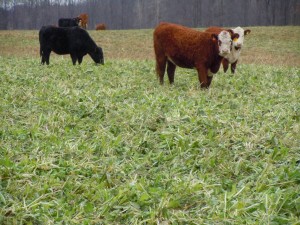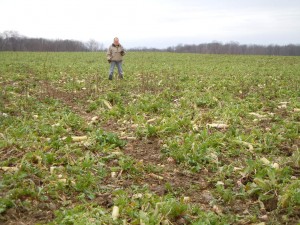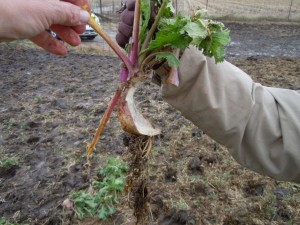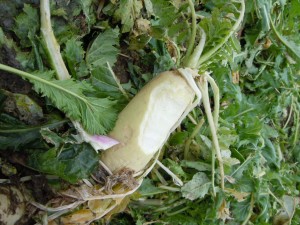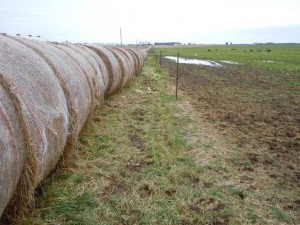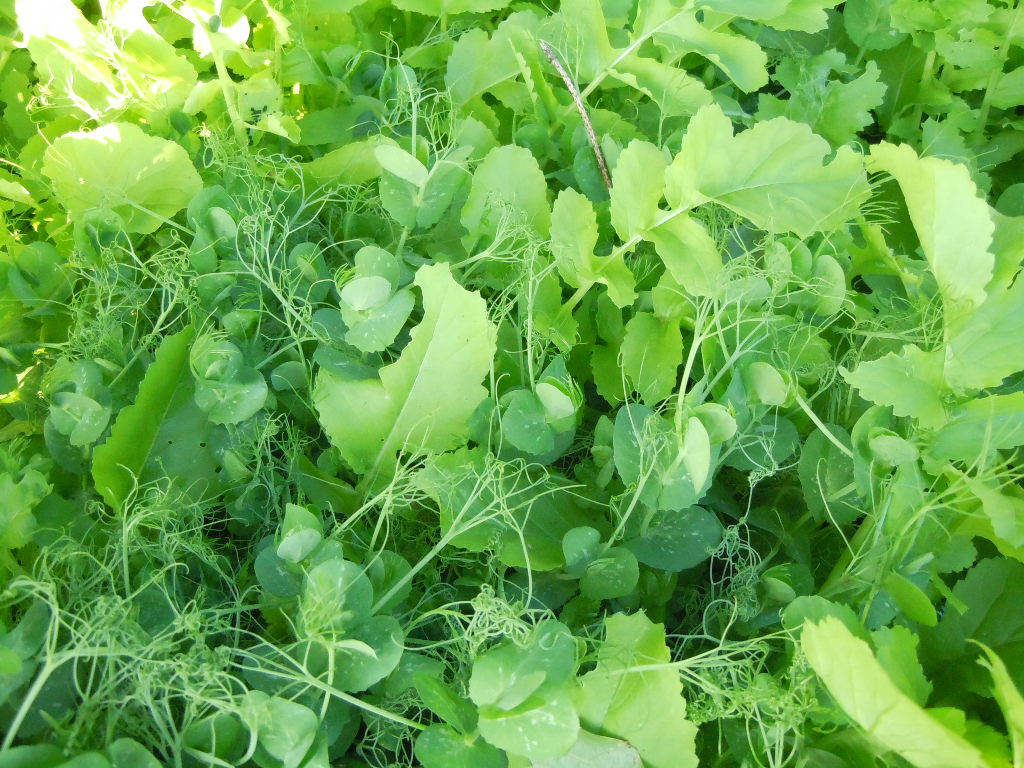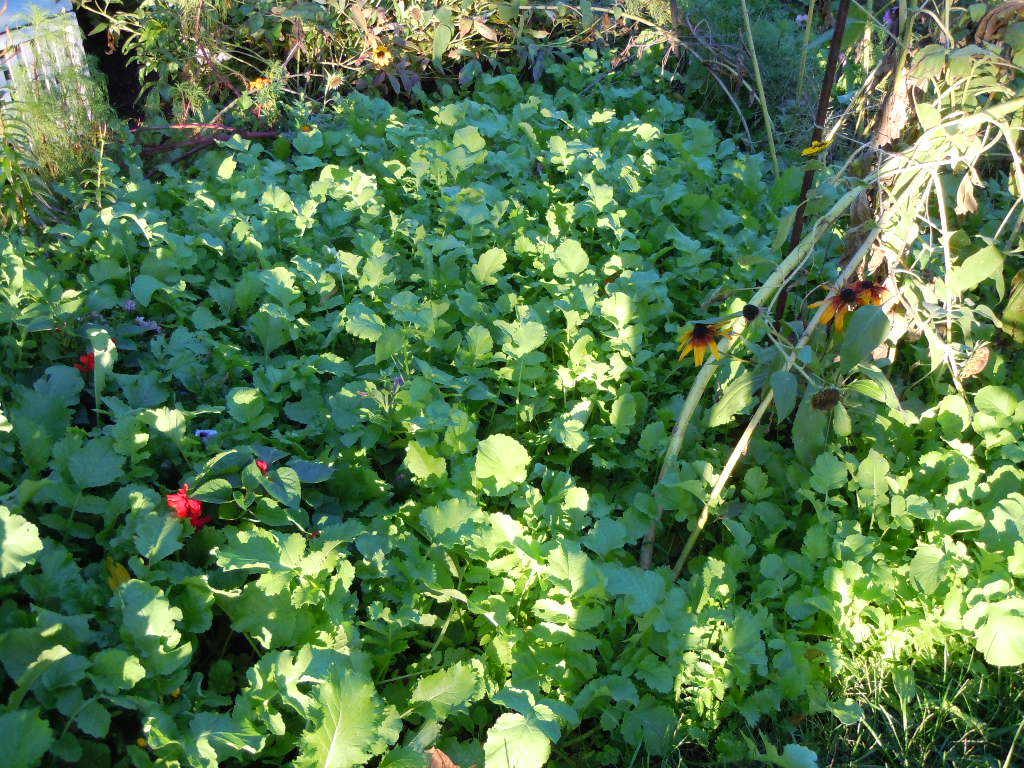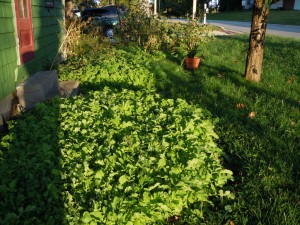Cover Crop Radishes or Turnips as a Cover Crop – or Both?
Cover crop radishes certainly receive a lot of press. I have researched them quite a bit over the past four years. On this blog alone I have over 20 posts about radishes. They are fun to take photos of, dig around in, research, and even play baseball with.
It is hard to pick up a publication that mentions cover crops and not read about radishes and their benefits. Some industry and university cover crop research leaders like Steve Groff and Dr. Ray Wiel (University of Maryland) have researched radishes for over 10 years.You might say that cover crop radishes are the “Rock Star” of cover crop species these days.
What About Turnips?
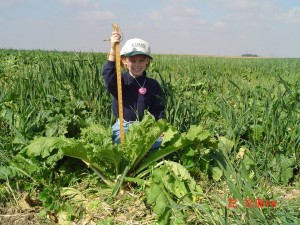
Why are turnips used as a cover crop so little compared to radishes? Are they the “ugly step-sister” of the Brassica family?
Let’s look at some of the benefits of turnips. Some newer varieties (Appin in particular) provide a bulb that is almost entirely in the soil and a deep root system (though a smaller bulb/tuber than the radish).
Benefits of Turnips
- Turnips are very palatable for grazing cattle and sheep.
- Most turnips survive the winter and hold onto nutrients into the spring (longer than radishes).
- Turnips sequester nutrients in a similar fashion and amount as radishes (see data below).
- Turnips are easy to kill in the spring.
- Turnips do not have the odor problems that radishes have (therefore they can be planted more “safely” in areas closer to towns or neighbors).
“Problems” with Turnips
- Not all turnips are created equal. The old purple top (or that type) turnip and even the tankard type turnips have very little of the bulb in the soil – thus less soil activity.
- Most turnips survive the winter and then need to be killed in the spring. Yes this can also be a benefit.
- The turnips “bolt” in the spring and want to produce seed. Kill them as early as possible.

Turnips will overwinter in the spring. The turnips above flowered out in March 2012 in central Indiana. This is nearly 5 weeks before “normal”
Frequently Asked Questions
- If we mix turnips and radishes together, is that okay? YES – for grazing or for just using as a cover crop.
- If we plant turnips instead of radishes is that okay? Yes – just be aware of the differences and that the turnips will most likely survive the winter.
- What if we are just looking to graze and only care some about the cover crop? Choose turnips.
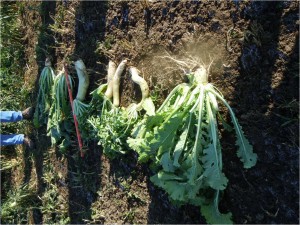
Nitrogen tested in Radishes/acre from Loudonville, OH dairy farm averages 200 units of N (data collected November 2010)
Nitrogen tested in Appin Turnip/acre from Loudonville, OH dairy farm showed nearly 300 units of N (data collected November 2010)
The turnip tops had nearly 200 units of N/acre. This was NOT scientific but it is instructive that turnips are an excellent scavenger of N.
